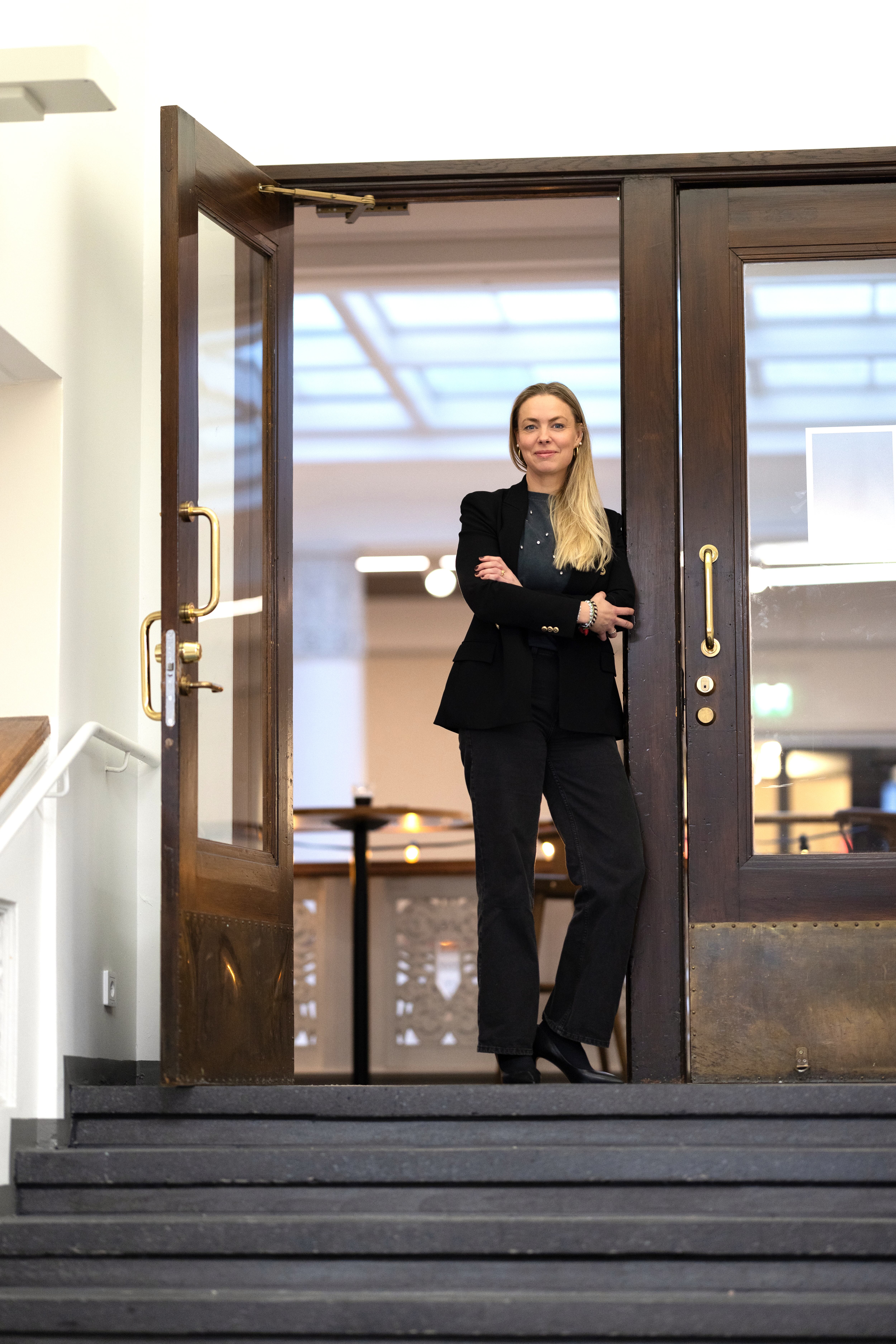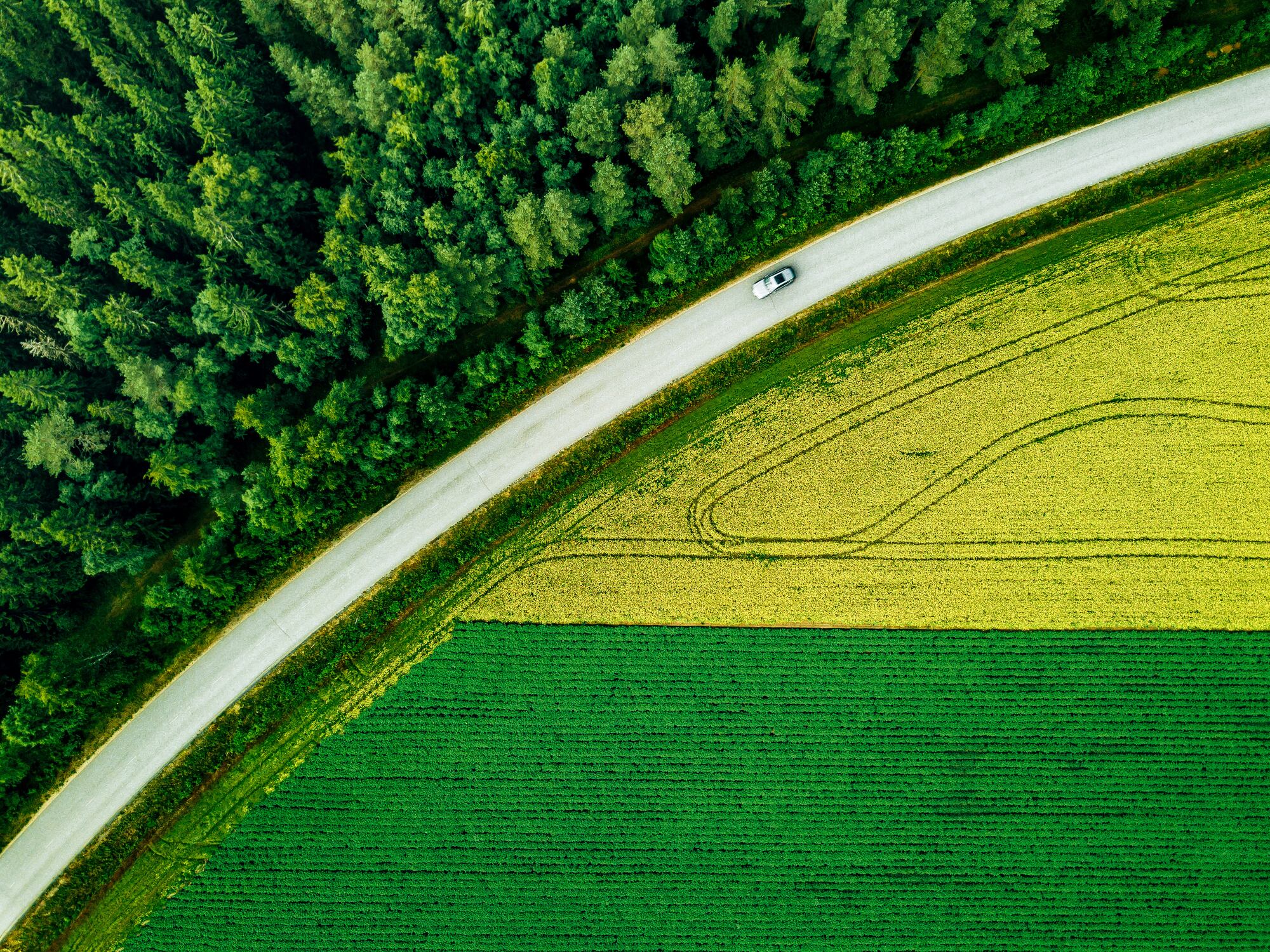Helsinki-based Nordic Foodtech VC has announced the first closing of its second fund at €40m. The final target size for the fund is €80m. The Helsinki-based venture capital company will now look to invest in early-stage start-ups possessed with ‘unique’ technologies that promise to create a ‘healthy, resource-efficient and resilient food system’.
“Being able to raise funds in the current complex market is not an easy feat,” says Louise Heiberg, partner at Nordic Foodtech VC, referring to the agtech venture capital sector in 2025 that is characterized by caution and selectivity.
“However, it’s clear to us and our investors that the current global food system is largely inefficient and not adequate to meet the needs of the planet or its people.”
Working closely with universities and research institutions in the Nordics and Baltics to find the best ideas, teams and technologies that have potential for global scaling, the specialist investor is set to back start-ups that are turning breakthrough science and solutions into real-world food system impact and solid returns, she says. “The pipeline is looking fantastic, and we hope to announce our first Fund II investment in Q3,” Heiberg says.
Strong fundamentals
Nordic Foodtech VC closed its first fund of €42 million in October 2021. It has since backed 18 start-ups from the Nordics and Baltics, including Finland-based Kuva Space, which builds nanosatellites equipped with hyperspectral cameras to provide actionable data for precision agriculture and validation of carbon sequestration.
Despite the downturn in VC investments hitting the sector, the fundamental need for solutions in the food system has not changed, insists Heiberg. Nordic Foodtech VC’s strategy, she explains, has been to invest in companies that solve business-critical problems. With universities and research institutes having limited access to options for early-stage risk capital, Nordic Foodtech VC believes it plays a crucial role in helping companies to spin out successfully.
Nordic Foodtech VC has not yet had any exits from its first fund, but the long-term outlook for the sector is strong, she insists. “All the fundamentals that made food and agtech attractive in the first place still hold: food security and resilience are top of mind, and advancements in digital and biotech tools are making food systems transformation faster, profitable, and planet-friendly.”
The 10-year VC model is ‘tried and tested’
So sure is the she in the sector’s fundamentals – and of the ability of venture capital to be able to scale the solutions it spots – that Nordic Foodtech VC’s fund will stick with the established 10-year lifespan of a VC fund. “The 10-year model is tried and tested,” she explains. “It brings predictability to an otherwise risky asset class.”
That said, she notes that some investors in agtech, climate, or deep science are experimenting with longer-dated or evergreen funds, especially when returns are tied to infrastructure-heavy or regulated sectors.
It’s an issue that Nordic Foodtech VC is following very closely to understand how different capital structures can better support impactful innovation, she explains. “In short, 10 years is not magical, but it is a pragmatic default. Long enough to capture value. Structured enough to return capital. Flexible enough to adapt. And while some innovations take time to scale, real impact can happen fast, especially when the right solution meets a burning industry need.”

Standout innovations
What ag innovations stand out as potentially being able to show clear return during tough times? “It is a tough one,” she replies. “There is no one-size-fits-all solution to safeguarding the global or even super-local food system. We are relatively new in agtech, but already seeing promising traction in our portfolio.”
Kuva Space, for example, delivers smarter data for precision farming through daily satellite insights on soil and vegetation. Tracegrow turns used batteries into low-footprint foliar fertilisers – “a great example of circular, science-based innovation,” she says. NanoHalen, meanwhile, offers quick, simple and affordable detection of heavy metals in water. With clean water a critical input in agriculture, its nanoparticle-based rapid test strips help prevent exposure to harmful contaminants like arsenic in drinking water, irrigation, or industrial use.
“From our perspective, solutions must deliver near-term results for the agricultural sector and meet farmers’ immediate needs with a solid, scalable business model.”
The fund is keen to back more start-ups in the pre-harvest space tackling food loss, she reveals. “There is huge potential in solving waste before it even hits the supply chain.”
Advice to start-ups: stay focussed and show a clear path to profitability
Her advice to start-ups seeking fundraising or planning to within the next six months is to stay focused. “Yes, 2025 is a tougher environment. But we’re seeing strong momentum and real interest across our portfolio and in our pipeline. Build like it is your last dollar or euro, not your last dance. Map your capital playbook early.”
VC can be a powerful partner, she continues, but it is not the only one. “Blended finance, grants, soft funding, the right mix will take strat-ups further than one-size-fits-all capital. And strategic investors who bring know-how, can unlock more than money, they are gold and know that it takes time to build something lasting at scale.”
For start-ups in fundraising mode right now, the message is to show a clear path to profitability. “Show us you understand your market and show us early signs of industry interest. Have you talked to farmers, producers or a distribuator? Are you already getting feedback from some who would benefit from your solution? Those early signals matter. I would say be strategic about your capital. And be honest about where you need to adapt.”
A laser focus on solving real, systemic, near-term industry problems in the global food system, she adds, will generate both a massive impact and return.
“This is a moment with a lot of great opportunities for food and ag solutions that can deliver returns while tackling global challenges for people and planet,” she concludes. “Because food security just became a top priority for many more governments, and for the right start-ups, that opens real doors.
“It’s not easy out there. But there is capital and there are indsutry partners looking for better solutions and a front row seat to the future of food. And thats a fantastic position for a start-up.”





